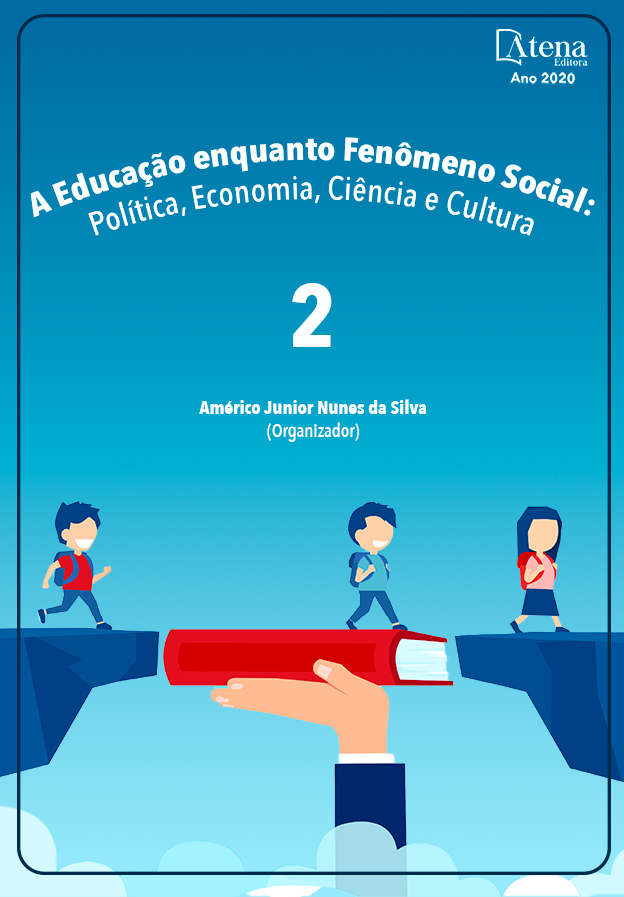
TRANSTORNO DO ESPECTRO DO AUTISMO (TEA): A INTEGRAÇÃO E A INCLUSÃO NA APRENDIZAGEM.
Este artigo tem como objetivo analisar e comparar para melhor entender as diferenças e semelhanças relacionadas aos conceitos de integração e inclusão de pessoas com necessidades especiais nos sistemas de ensino e na sociedade como um todo. Através da pesquisa bibliográfica busca-se saber o grau de importância da participação da família do membro afetado num trabalho em conjunto às escolas e professores na busca das melhores soluções aos problemas existentes. Os direitos à educação e à inclusão são garantidos pela legislação brasileira e determina que todas as crianças devam ter acesso à escola comum, observando os casos de excepcionalidade em que as necessidades do aluno exigem outras formas de acolhimento, mas abrangendo os portadores de transtornos do espectro do autismo (TEA). Ainda que um conjunto considerável de pesquisas indiquem os benefícios provenientes decorrentes da inclusão desses indivíduos, esta temática ainda desperta preocupação e insegurança principalmente quanto à capacidade das escolas e o preparo do corpo docente para oferecer resposta adequada às exigências de crianças com TEA. A metodologia da pesquisa configurou-se como pesquisa qualitativa, centrada na revisão bibliográfica sobre estudos de caso e relatos de experiência sobre o autismo e formas de inclusão de alunos com essa deficiência. Assim analisando como é desenvolvido e abordado o tema e demonstrando soluções possíveis para a inclusão de alunos com autismo em escola regulares como previsto no Projeto de Lei nº 8035/2010, aprovado em 28 de maio de 2014, que tem como texto-base Plano Nacional de Educação e disposto na Lei Berenice Piana n. 12.764/ 2012.
TRANSTORNO DO ESPECTRO DO AUTISMO (TEA): A INTEGRAÇÃO E A INCLUSÃO NA APRENDIZAGEM.
-
DOI: 10.22533/at.ed.3272005114
-
Palavras-chave: Inclusão Escolar; Integração; Autismo Infantil.
-
Keywords: School Inclusion; Integration; Child Autism.
-
Abstract:
This article aims to analyze and compare to better understand the differences and similarities related to the concepts of integration and inclusion of people with special needs in education systems and in society as a whole. Through bibliographic research, we seek to know the degree of importance of the participation of the affected member's family in working together with schools and teachers in the search for the best solutions to existing problems. The rights to education and inclusion are guaranteed by the Brazilian legislation and determines that all children must have access to the common school, observing the cases of exceptionality in which the student's needs require other forms of reception, but covering those with spectrum disorders of autism (ASD). Although a considerable set of researches indicate the benefits arising from the inclusion of these individuals, this issue still raises concern and insecurity, especially regarding the capacity of schools and the preparation of the teaching staff to offer an adequate response to the demands of children with ASD. The research methodology was configured as a qualitative research, centered on the bibliographic review on case studies and experience reports on autism and ways of including students with this disability. Thus, analyzing how the theme is developed and approached and demonstrating possible solutions for the inclusion of students with autism in regular schools as foreseen in the Law Project nº 8035/2010, approved on May 28, 2014, whose base text is the National Plan Education and provided for in the Berenice Piana Law n. 12,764 / 2012.
-
Número de páginas: 19
- Celso Antonio Conte
- Eliza Terezinha Rupolo Woos


